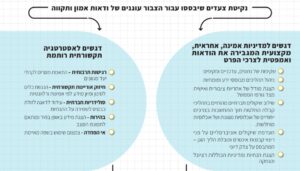The mega-book “Communicating Science: a global perspective” is published! 39 countries, 108 authors, including our own Israeli chapter: Developed Science, Developing Science Communication. Hope you’ll enjoy reading it, as much as we enjoyed writing it.
The PCST webinar launching the book: Communicating Science: a global perspective now available for your viewing pleasure: https://pcst.co/news/article/92. It was a great webinar – do watch.
AND – You can download the book for free from ANU Press: https://press.anu.edu.au/publications/communicating-science
Baram‑Tsabari, A., Orr, D., Baer, A., Garty, E., Golumbic, Y., Halevy, M., Krein, E., Levi, A., Leviatan, N., Lipman, N. and Mir, R., 2020. Developed Science, developing Science Communication. Communicating Science: A Global Perspective, p.443.

